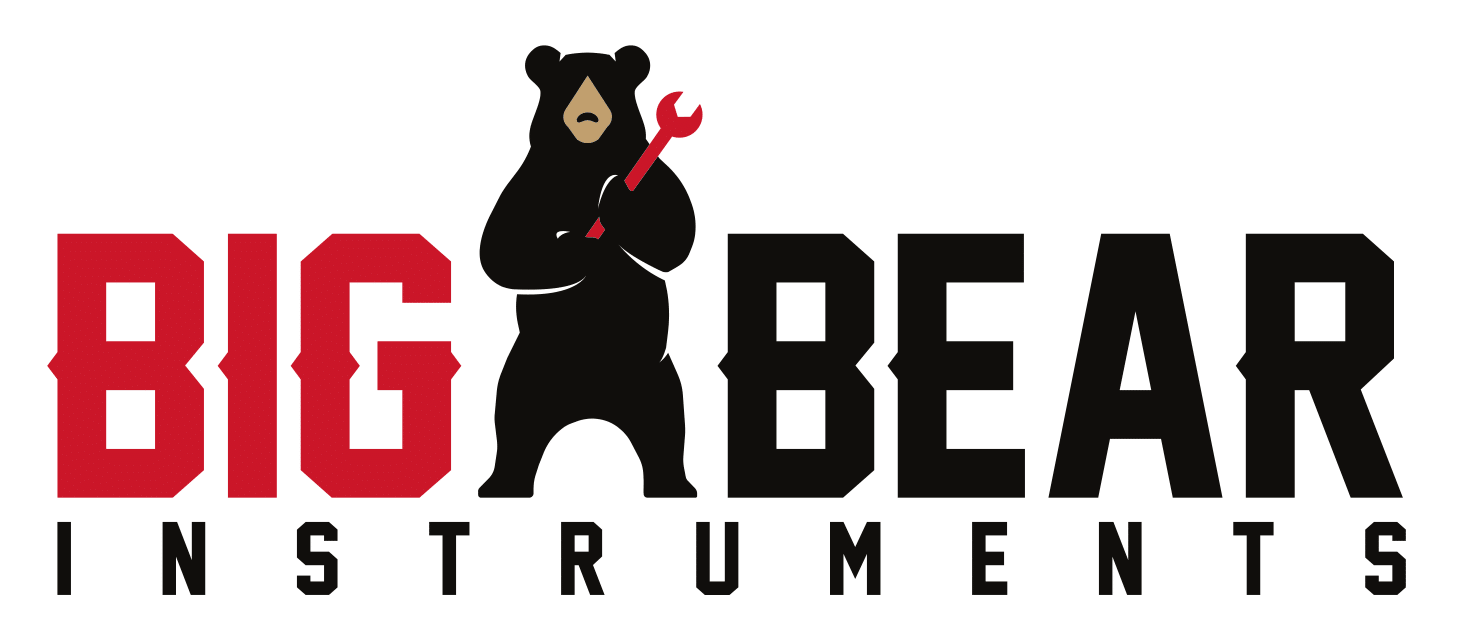_900.jpeg)
A well-calibrated pressure gauge is essential for maintaining operational efficiency and safety in various industrial applications. At Big Bear Instruments, we understand the importance of precision and reliability in pressure monitoring. To ensure the optimal functioning of your pressure gauge, it's crucial to understand the calibration process and its significance in maintaining accurate readings. In this guide, we'll explore the hows and whens of pressure gauge calibration and some helpful tips to streamline the calibration process.
How to calibrate a pressure gauge
Calibrating a pressure gauge involves comparing the gauge's readings to a known standard. This process helps identify discrepancies and ensures the gauge provides accurate measurements within a specified tolerance range. It requires specialized tools like a deadweight tester, standard pneumatic calibrator, or other precise measurement devices. Despite the tool, the fundamental principles and calibration steps for pressure gauges remain the same, whether you're working with a mechanical or digital gauge. Regular calibration guarantees the gauge's reliability and maintains its accuracy over time. It's particularly crucial in industries such as manufacturing, oil and gas, pharmaceuticals, and others where precise pressure measurements are critical for operational safety and quality control—the following steps detail how to use a hand pump calibrator.
- Gather Equipment: Collect the necessary equipment, including the pressure hand pump, the pressure gauge to be calibrated, and any additional adapters required for a secure connection.
- Set Up: Begin by attaching the hand pump calibrator to the designated pressure gauge, utilizing the suitable adapter or fitting. Ensure the pressure hand pump is on a stable surface and connect it to the pressure gauge using the appropriate adapters, ensuring a leak-free connection. Compare the readings of the new gauge to a NIST traceable gauge to verify the accuracy of the calibration.
- Apply Pressure: Use the hand pump to apply the desired pressure to the gauge. Gradually increase the pressure in increments, allowing the gauge to stabilize at each pressure point before proceeding.
- Compare Readings: Compare the NIST-traceable pressure gauge readings of the pressure hand pump to the readings on the gauge being certified. Note any discrepancies between the two readings.
- Make Adjustments: If there are any significant variations between the pressure hand pump and the gauge, make the necessary adjustments to the pressure gauge to align the readings. In the event of any discrepancies, refer to the manufacturer's instructions to make the adjustments required for the gauge.
- Record Data: Document all calibration data, including the applied pressure values and corresponding gauge readings, for future reference and comparison.
- Repeat the Process: Conduct the calibration at multiple points across the gauge's operating range to ensure its accuracy and consistency.
- Verify Accuracy: Verify the accuracy of the gauge by comparing the readings at various pressure points and adjusting as needed to achieve precise and reliable measurements.
- Complete Documentation: Record all calibration activities and results for future reference and maintain a comprehensive calibration history for the pressure gauge. Upon completing the calibration, detach the hand pump calibrator and store it appropriately.
By following these steps, you can effectively calibrate a pressure gauge using a pressure hand pump, ensuring accurate and reliable pressure measurements for various industrial applications.
When to Calibrate Your Pressure Gauge:
Knowing when to calibrate your pressure gauge is critical to maintaining its accuracy. While specific calibration intervals may vary based on the gauge's usage and environmental conditions, it is recommended to calibrate the gauge at least once a year. This is mandatory for ISO audits and IMO regulations. However, more frequent calibrations, such as every 3 to 6 months, might be necessary in industries with stringent quality control requirements. Additionally, calibration is imperative:
- Before deploying the gauge for the first time
- After any physical damage or impact that could affect its accuracy
- When the gauge is exposed to extreme temperature or pressure conditions
- After a significant period of inactivity or storage
Tips for Streamlining the Calibration Process:
To make the calibration process smoother and more effective, consider the following tips:
- Ensure a controlled environment: Perform calibrations in an environment with stable temperature and minimal vibration to avoid any external influences on the measurements.
- Use appropriate calibration equipment: Invest in high-quality calibration equipment and follow the manufacturer's guidelines for accurate and reliable results.
- Record calibration data: Maintain a comprehensive record of all calibration activities, including dates, results, and any adjustments made, to track the gauge's performance over time.
- Seek professional assistance if needed: If you lack the necessary expertise or equipment, consult a qualified calibration service provider to ensure precise and consistent results.
- Big Bear provides accurate and reliable certification for your pressure gauges. Contact us for more information and assistance or view our complete line of pressure gauges.
Proper calibration of pressure gauges is integral to ensuring the safety and efficiency of various industrial operations. By understanding the calibration process and adhering to recommended practices, you can maintain the accuracy and reliability of your pressure gauges. At Big Bear, we emphasize the significance of calibration in achieving optimal performance and safety standards. Stay vigilant about your pressure gauge's calibration needs to uphold operational excellence and enhance workplace safety.

 PROCESS CONTROL & MEASUREMENT SOLUTION EXPERTS
PROCESS CONTROL & MEASUREMENT SOLUTION EXPERTS